Words: Caroline Wood
Imagery/film: SCOTLAND: The Big Picture
On Thursday 22 July, hundreds of viewers from across the world tuned in to The Scottish Rewilding Alliance’s Live stream event Scotland: Choose Rewilding. In this blog post, we share the key messages from the inspiring panel of speakers, based on their first-hand experiences of bringing nature back from the brink.
What is rewilding?
Put simply, rewilding is any activity that increases or restores nature, whether in a National Park or within a busy, urban environment. There is no set definition, since rewilding projects vary depending on the location, local communities and the amount of biodiversity already present. Our event Scotland: Choose Rewilding, for instance, featured a range of rewilding projects that included farming crofts, large, community-owned estates and coastal communities.
The panel
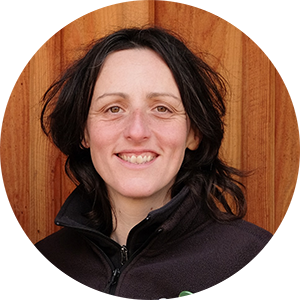
Lynn Cassells
Lynbreck Croft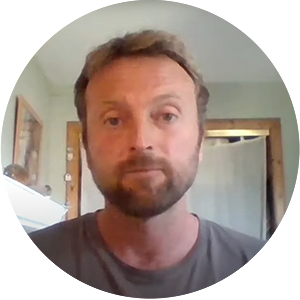
Will Goudy
Seawilding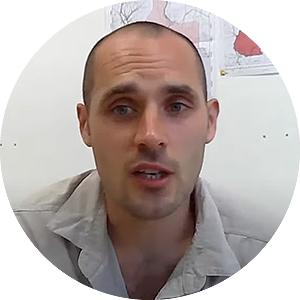
Kevin Cumming
The Langholm Initiative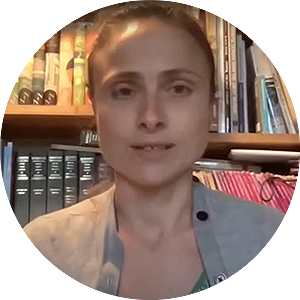
Sophie Ramsay
Bamff Estate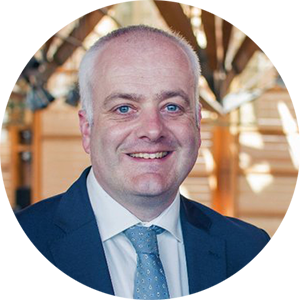
Mark Ruskell MSP
Scottish Greens
Key messages
- Rewilding holistically addresses both biodiversity loss and climate change. Rewilded ecosystems are extremely effective at drawing down carbon dioxide from the atmosphere and sequestering it, whilst simultaneously supporting thriving ecosystems. They should be prioritised as a viable climate change solution, alongside more technological approaches.
- Protecting existing natural habitats is no longer enough. Unless we actively restore degraded land as well, we will experience a ‘shifting baseline syndrome’ where nature has an ever-decreasing presence.
- There is no ‘one size fits all’ model for rewilding. Each site will need a specifically tailored approach. Nevertheless, having common tools, resources and guiding targets can be helpful, as long as they don’t stifle innovation.
- We need to be sensitive of and respectful towards other people’s attitudes. Rewilding is seen by some as a threat to their livelihoods, and Scotland in particular has entrenched attitudes to land ownership.
- Engaging local communities is crucial. Without a community-led, bottom-up approach, there is a danger that rewilding projects become seen as a hobby for nature-loving millionaires. Ideally, rewilded landscapes should be developed in partnership with local people, deliver tangible benefits and promote productive, sustainable communities.
- We can’t be naïve – there will need to be new houses as well. But with innovation, rewilding and human development can coexist; we need to move the conversation from being a binary choice between one or the other.
- Livestock can play a vital role in rewilding. For instance, pigs that roam freely and root for food closely mimic the activities of their wild boar cousins.
- Rewilding can be part of a viable business. For example, Lynbreck Croft, a livestock farm in the Cairngorms practising regenerative techniques, turns a profit while sequestering twelve times as much carbon as they emit.
- Strategic interventions can make a big difference. A ‘helping hand’ can catalyse the rewilding process. The Bamff estate, for instance, have raised funds to introduce bird boxes, osprey platforms, seed scrapes and ponds to accelerate a wildlife revival.
- Don’t aim for a specific goal – instead, allow nature to exercise its capacity to self-heal. But it is important to monitor as much as possible, and collect data that can be used as concrete evidence to convince others (including policy makers) of the benefits rewilding brings.
- Too many of us are living ‘outside an ecosystem’, disconnected from both nature and where our food really comes from. Rewilding gives people the chance to get their feet wet and their hands dirty; to see for themselves that we are just one species within a complex web that needs to be kept whole in order to work.
What will you choose?
Perhaps you don’t have several hectares to give back to nature, but we can all support rewilding in our own way. From bird boxes and garden plants, to writing to your MSP or supporting a crowd-funding campaign – we can all raise our voice on behalf of nature. We don’t have to passively watch nature being eroded before our eyes. We have a choice. Do you choose rewilding?



